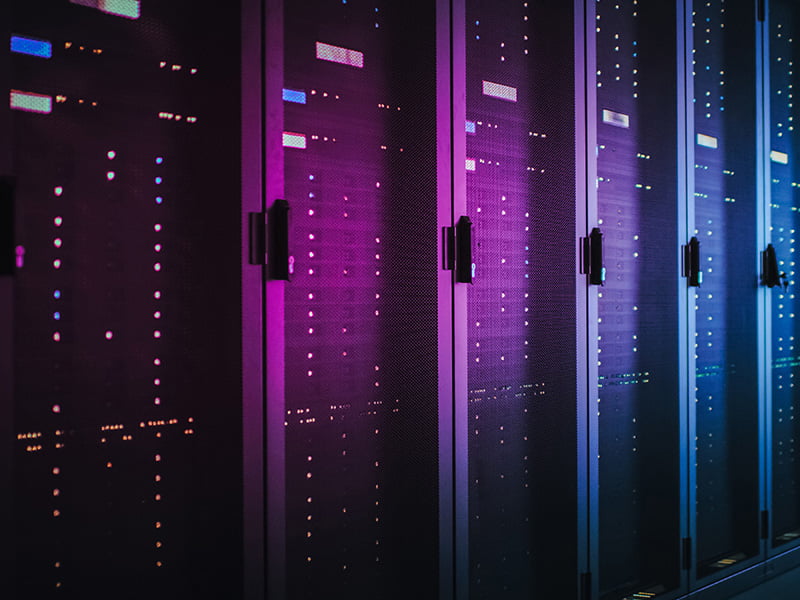In an increasingly digital world, sovereign digital infrastructure is not just a matter of technological capability, it is a matter of national security, economic strength, and strategic independence. At its core, it ensures that a country retains control over its critical technology stack when it matters most.
Sovereign digital infrastructure spans multiple layers, starting with energy and water – the lifeblood of digital operations – before extending to data centers, cloud platforms, software, telecommunications and end-user devices.
Each of these layers is deeply interconnected, relying on complex supply chains. A single point of failure – be it foreign dependence, regulatory misalignment or geopolitical friction – can compromise a nation’s digital sovereignty.
While friendshoring (diversifying supply chains to trusted allies) can reduce risks, recent global events have proven that it does not eliminate them. Even within close alliances, external dependencies expose Australia to vulnerabilities beyond its control.
The Department of Home Affairs has acknowledged these risks, reinforcing the need for self-reliant digital infrastructure in recent advice.
Why sovereign digital infrastructure matters
The primary driver behind sovereign digital infrastructure is national security, but its benefits extend far beyond defence. The eight out of the ten most valuable companies today are digital infrastructure operators. Their dominance highlights the immense economic power embedded within this sector.

For Australia, controlling its own digital infrastructure is not just about security – it is about economic survival. Nations that invest in local cloud, AI, and telecommunications capabilities retain wealth, create high-paying jobs and drive technological innovation within their borders.
Yet, despite the global trend toward domestic digital investment, Australia lags behind. Unlike the United States, China, and Europe, which have made strategic investments in sovereign cloud and AI infrastructure, Australia remains heavily reliant on foreign hyperscalers – cloud providers subject to foreign regulations, extraterritorial laws and potential geopolitical leverage.
The energy factor: who controls Australia’s power?
The conversation around sovereign digital infrastructure cannot ignore energy sovereignty. AI, cloud, and data centres require massive amounts of electricity, land and water. However, Australia’s power grid is finite, and the rapid expansion of foreign hyperscalers into the Australian market raises a critical question:
Who are we taking energy from when we allocate it to global cloud providers?

Every megawatt dedicated to a foreign hyperscaler could otherwise be supporting:
- Sovereign digital infrastructure that keeps Australian data and decision-making onshore
- Hospitals, schools and essential public services
- Local industry, including steelworks and manufacturing
- Renewable energy-powered, carbon-neutral cloud operators like Vault Cloud, which has been net zero since July 2023
The world’s largest cloud providers are some of the fastest-growing carbon emitters, consuming vast amounts of energy while securing exclusive deals for power, often at the expense of local businesses and households. If Australia is serious about energy security and sustainability, it must prioritise power allocation to sovereign and green digital infrastructure providers – not just foreign hyperscalers.
Breaking the cycle: Australia’s history of exporting value
Australia has a poor track record of retaining value within its own supply chains. In the resources sector, the default approach has been to export raw materials for offshore processing, losing billions in potential economic value. The same pattern cannot be repeated in digital infrastructure.
Unlike traditional manufacturing, sovereign digital infrastructure does not compete on labor costs. Even the blue-collar jobs required to build and maintain digital infrastructure – from data center technicians to fibre network engineers – are high-paying and high-skilled. Australia has no excuse to outsource the backbone of its digital economy when the expertise and economic benefits could remain onshore.
Australia’s moment: Will we seize the opportunity?
With the Buy Australia Plan and the Future Made in Australia plan, the federal government has set the right policy foundation to shift course.
Industry and Science minister Ed Husic has demonstrated a willingness to prioritise Australia’s interests over foreign corporate pressure, making the hard decisions necessary to secure digital and energy sovereignty.
But policy alone is not enough. Investment, execution, and urgency will determine whether Australia capitalises on this once-in-a-generation opportunity – or looks back a decade from now, realising it handed control of its digital and energy future to foreign interests.
Australia has the talent, resources, and capital to build a resilient, innovative, and sovereign digital economy – one that serves Australians first. The only question is: will we take bold action now, or let history repeat itself?
Rupert Taylor-Price is founder and chief executive of Vault Cloud
Do you know more? Contact James Riley via Email.


Thanks for a cogent and well-stated case. There are very clever Australian “true blue” digital companies that are credible sovereign alternatives to foreign software dominance. They just need access to the (particularly Government) procurement process.